Famous around the world for its extraordinarily scenic setting, the city of Rio de Janeiro is less well known as a cultural and culinary destination for sophisticated travellers expecting something more than sun, sand, and caipirinhas. Like all other aspects of the fascinating country that is the Federative Republic of Brazil, the culinary scene in Rio de Janeiro is incredibly diverse. Big and loud, small and quiet, public, private, indoors, outdoors, up in the hills, down by the beach – there is no shortage of superlative dining experiences in the country’s most captivating city. From breakfast treats to late-night snacks accompanied by equally varied liquid refreshments, there is an immense array of sensorial stimulation in a city that enjoys the good life to the max.

The culinary discoveries begin as the day begins. The Southern Hemisphere winter is a pleasant time to enjoy the cooler, less humid time of the year in Rio; it is also the time to enjoy seasonal dishes for the ‘cold’ weather. Breakfast is often overlooked as a substantial meal but at Empório Jardim it is exalted to the point of being served all day long. Being owned by two award-winning bakers, the breads and desserts are particularly irresistible. The informal but extensive menu of morning treats (the lunch menu is no less appealing) is available at Empório Jardim’s newly opened location in a beautiful palacete in Rio’s Botafogo neighbourhood. A former residence of the fabulously wealthy Guinle family, the ‘little palace’ is now the headquarters of FIRJAN. Not named for a Libyan tribe but rather the Portuguese acronym of the Industry Federation of Rio de Janeiro, FIRJAN’s lovely villa also houses this newest outlet for Empório Jardim on a street named Guilhermina Guinle in honour of the wife of Otávio Guinle, founder of the legendary hotel Copacabana Palace. Casually chic inside, Empório Jardim’s outdoor garden tables are the best place for a delicious breakfast while admiring the mansion’s graceful architecture.
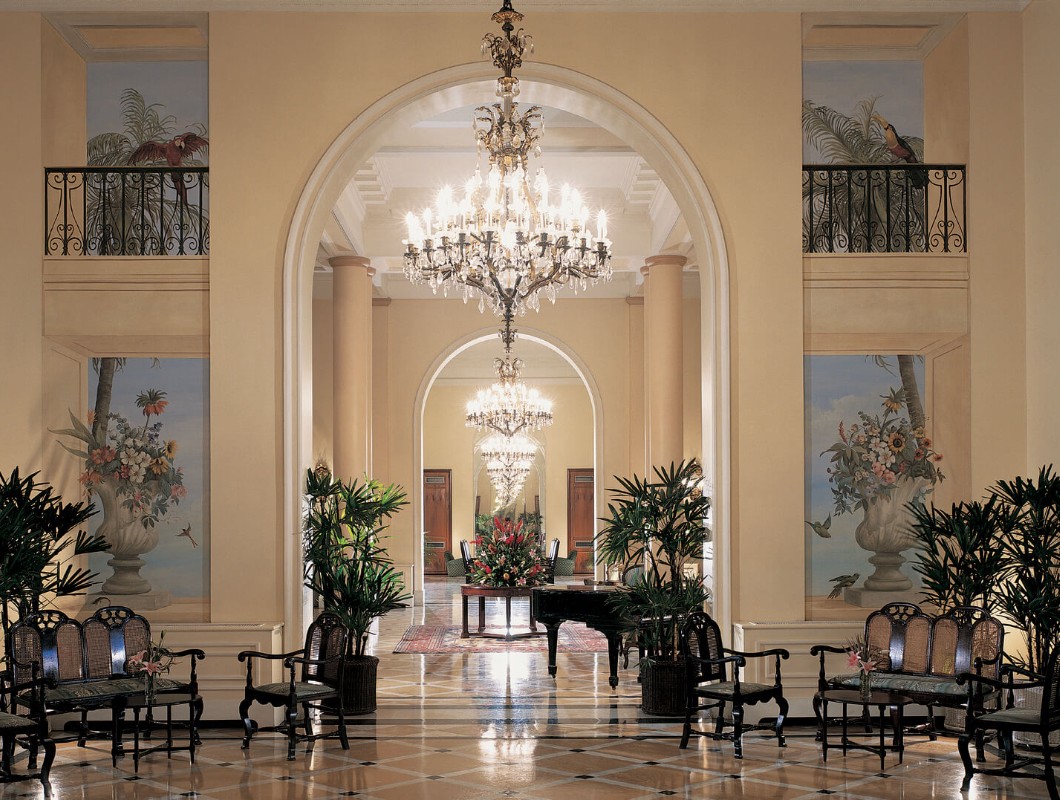
Although Rio’s downtown area is off most visitors’ itineraries, it is on the itinerary for those seeking food and beverage experiences with a little culture as a side dish. Confeitaria Colombo, a carioca (local Rio) institution, is a glorious Belle Époque establishment where cafézinhos and the pastries accompanying Brazil’s acclaimed coffee are made as they have been for decades. While in the Centro, it is worthwhile seeing some of the sights here: the Centro Cultural Banco do Brasil hosts rotating exhibitions, the Real Gabinete is a beautiful and rare example of an Imperial Portuguese library in the New World; the astonishing walls of gold in São Bento monastery are magnificent; street artist Eduardo Kobra’s We Are All One mural, the largest in the world at 3000 square metres, is wondrous in his immediately recognisable style, also seen in Dubai in his work, The Bedouin.
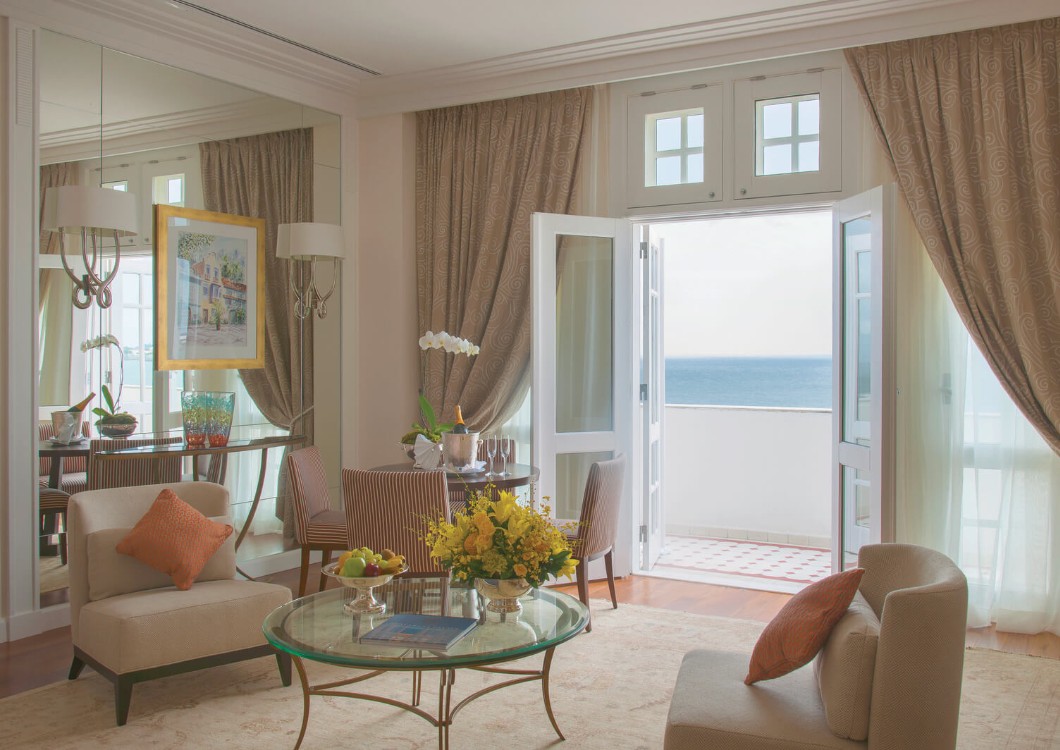

If Confeitaria Colombo is a daytime haunt for eating well, Rua do Lavradio in the nearby Lapa neighbourhood is its night-time counterpart when the street is blocked off, and boisterous tables of fun-loving patrons take over the pavement. Not to be missed is Rio Scenarium, a bar-restaurant complex like no other. Enormous and extremely popular, Rio Scenarium is the place for a lively night out with food, drinks, live music and over-the-top decor. Having capacity for 2000 people, this is not an intimate venue by any means but rather a night of fun in true carioca spirit.
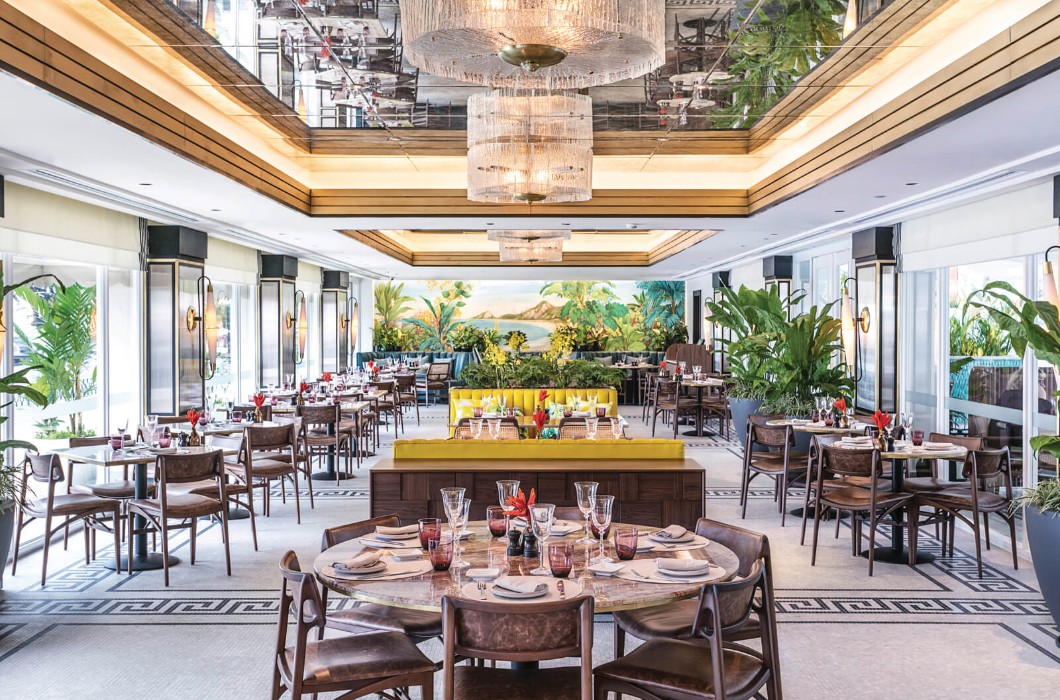
Most visitors to Rio de Janeiro stay in the Zona Sul, an area that encompasses the Copacabana, Ipanema, and Leblon beachside districts where the city’s signature black and white mosaic promenade edges the sand for many kilometres. Though Ipanema’s Rua Visconde de Pirajá has lost some of its lustre in recent years, Rio’s trendy food scene remains undimmed, having moved one district over to the chic Leblon neighbourhood where Rua Dias Ferreira is now a prime culinary focus for the city’s elite. CT Boucherie, as its name implies, is an ersatz butcher shop recreated with a natty twist. Located at Dias Ferreira 636, CT Boucherie is the busy, crowded, satisfying brainchild of acclaimed Chef Claude Troisgros (hence the CT). The menu and manner of service differ from the usual expectation; here, the main course is accompanied by bottomless side dishes served by a team of servers who come to the table throughout the meal to fill any empty spaces on the plates.
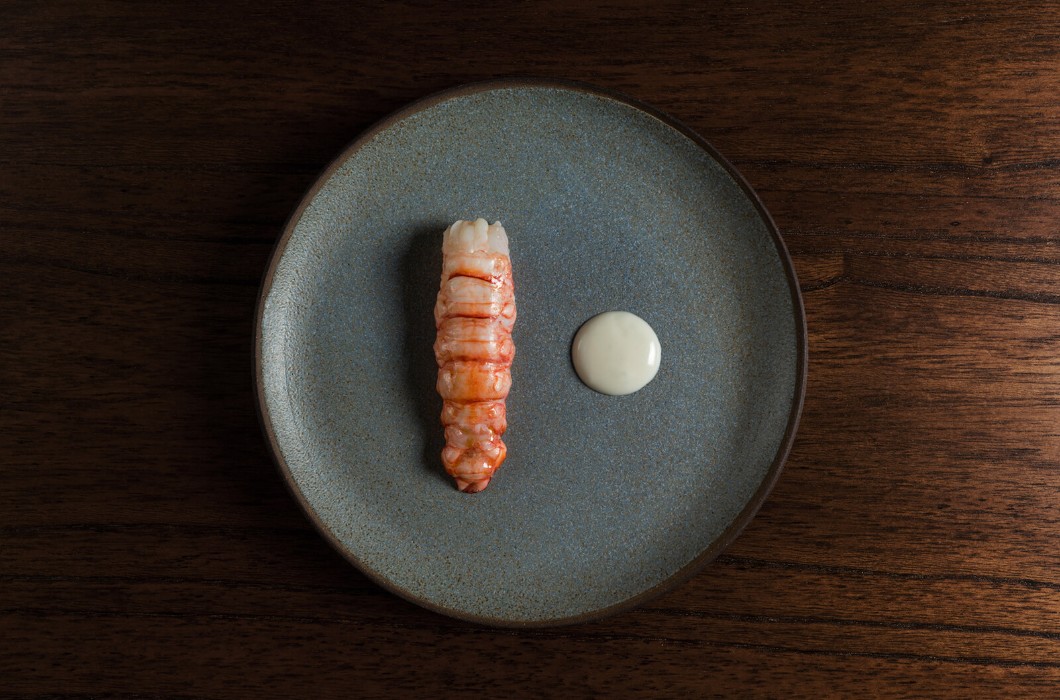
Suco, vitamina, batido, or milky shaky? There is a revered tradition of liquid refreshment in Rio – logical given the city’s hot, humid summers. The most authentic drinks are also the most informal ones, made to order at innumerable stalls displaying a variety of fruits in their glass counters. Suco (Soo-koo) means juice in Portuguese. A vitamina (vee-ta-mee-na) is a juice-based drink, while the batido (ba-chee-doo) is a milk-based refreshment, the most common of which is a milkshake, delightfully pronounced in Portuguese as milky shaky. It’s just a matter of selecting from the fruits shown and waiting for the blender to do its job. While Brazil’s delicious açaí (ah-sah-ee) is now found in the frozen food section of suburban supermarkets across the world, the unfortunate effect of globalisation is the disappearance of less common Brazilian fruits from the country’s markets and tables. Countless delicious tropical fruits native to Brazil have been sacrificed for more lucrative crops that grow faster and yield higher volume; if there is acerola, graviola, sapoti, cupuaçu, jabuticaba, jenipapo, or pitanga on the list of fruits available, seize the opportunity to sample these hard-to-find delicacies.

Certain dining establishments in Rio have become hotspots for Instagrammers thanks to pretty backdrops or quirky interiors, the result being these places becoming crowded with gawking tourists to the detriment of patrons there to enjoy the food. In the meantime, other establishments maintain an air of exclusivity that, as every refined palate knows, heightens the overall dining experience. Rio de Janeiro’s most lauded restaurant is located, not surprisingly, in the city’s most esteemed hotel. Copacabana Palace, a Belmond property now in the first year of its second century, is not only the ne plus ultra in luxury accommodation in Rio, but also the last word in gastronomic experiences. This most elegant establishment opened in August 1923 in what was then a deserted part of Rio far from the city centre; it is thanks to Copacabana Palace that its namesake beach became a place to see and be seen, still the case 101 years later. Rooms and suites are of course superbly appointed, staff exceptionally attentive, the location peerless. The entire top floor of seven distinctive suites can be privatised, including the remarkable black swimming pool only for residents of this floor. Foremost among Copacabana Palace’s dining venues is the stellar Ristorante Hotel Cipriani, where SuperChef Nello Cassese inspires awe in the kitchen, tirelessly looking to reinvent classic Italian dishes with a personal touch or create completely new versions of old favourites. Dinner at Cipriani is not merely a meal but rather a night to remember where the baseline is nothing less than perfection.
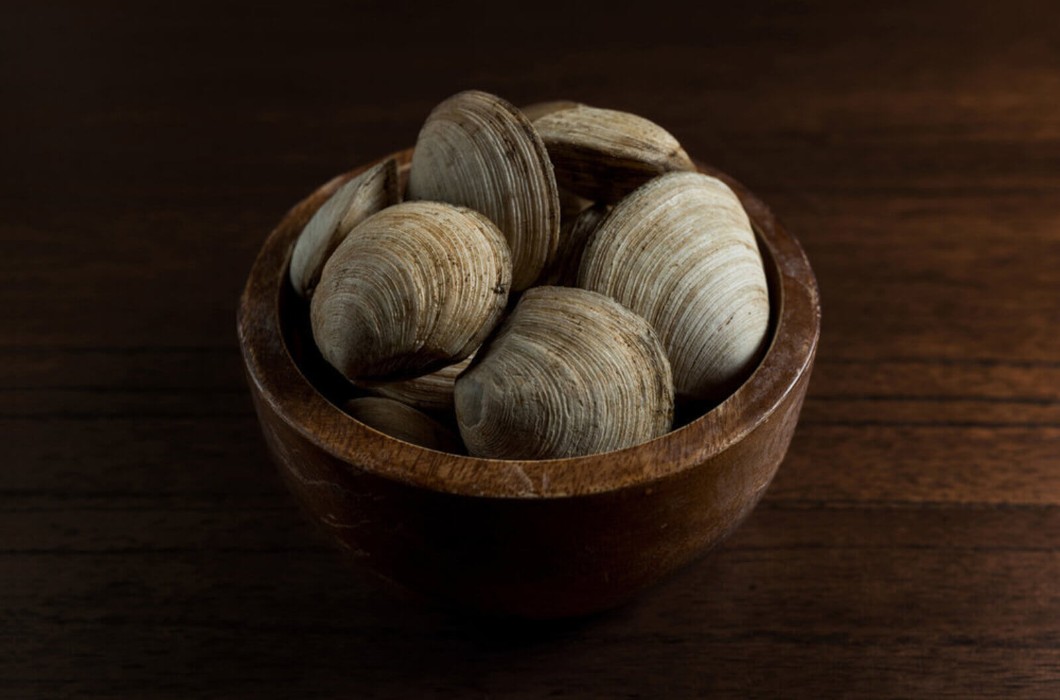
All three of Copacabana Palace’s dining venues share that same ethos of perfection as well as location along the perimeter of the hotel’s main swimming pool, itself a star attraction for Rio’s beautiful people and international guests. Across from Cipriani is Pérgula, where modern international and Brazilian cuisine is served poolside in a thoroughly carioca ambience. This is the place to enjoy the black bean stew known as feijoada, Brazil’s national dish, traditionally served only on Saturday afternoons. Between Cipriani and Pérgula is MEE, where flavourful Asian fusion fare is enjoyed in fashionable surroundings. Like Cipriani, MEE is supremely deserving of its Michelin star and leaves patrons in awe of the stylish presentation, aromatic balance of flavours, and polished service, all inducing a state of euphoria for dedicated gastronomes.
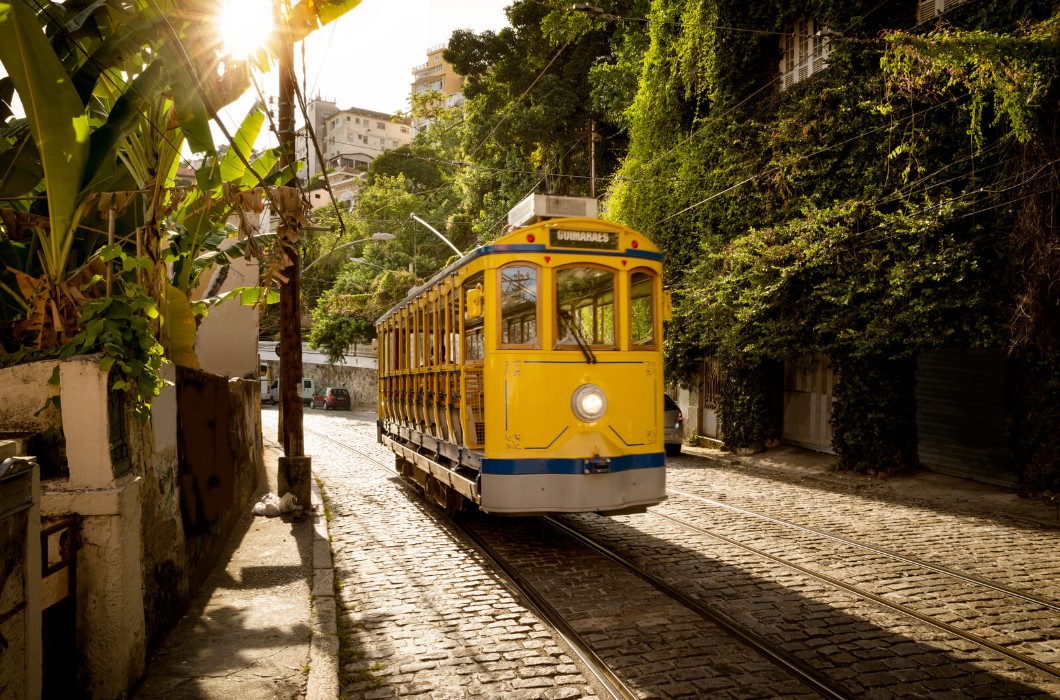
Pérgula is also the place for a plentiful start to the day. The morning buffet includes pão de queijo, cheese bread that is a mandatory inclusion in any Brazilian breakfast. Made of mandioca flour and Brazil’s very special cheese from the state of Minas Gerais, pão de queijo, like açaí, is now often found overseas. Nothing tastes like the original, though, still piping hot from the oven. The unusually chewy texture of the bread comes from the incorporation of the cheese into the dough rather than a simple sprinkling on top. Work up an early appetite by taking one of Copacabana Palace’s bicycles for a ride along the beach or playing a set or two of tennis on the hotel’s court hidden away on the first floor. After eating, relaxing beyond the velvet rope on Copacabana Palace’s private patch of beach is a nice way to recover from both athletic and dietary exertion.

Rio’s alluring beaches are the indisputable soul of the city, but some visitors may prefer to stay in Santa Teresa, an area high above the city with breathtaking views of Sugar Loaf, Corcovado, and the coastline below. In a bygone era, this was the place where wealthy Brazilians built mansions to escape the heat at lower elevations. Santa Teresa fell into disrepair over the ensuing decades, but renewed appreciation of the neighbourhood’s splendid architectural patrimony has seen several homes revitalised as small boutique hotels. Most exquisite of these is the stunning Vila Santa Teresa. The imposing gate at the entrance to this ultra-private estate is unmarked, giving no indication of the eight and a half hectares of parkland awaiting on the other side; the acquisition of such a huge swathe of land in the midst of a big city would be unimaginable today. Sited on this vast tract still owned by one of Rio’s most prominent families, Vila Santa Teresa only opened to guests in 2016 and keeps a low profile to this day.

Vila Santa Teresa’s bijou restaurant, Beatriz, is one of Rio’s most exclusive; adding the panoramic view to the impeccable service and delectable food certainly makes for some treasured memories, especially on the monthly Full Moon Dinner nights when a special menu is prepared. For the ultimate arrival and departure, Vila Santa Teresa’s helipad makes aerial transfers easy and convenient, as are sightseeing tours available through HeliSight that can pick up and drop off clients right at the hotel. Land on Sugar Loaf and take the cable car down, or fly to the Lagoa, near Leblon, for Rio Gastronomia or another delicious meal in the Cidade Maravilhosa, the marvellous city that is Rio de Janeiro.









